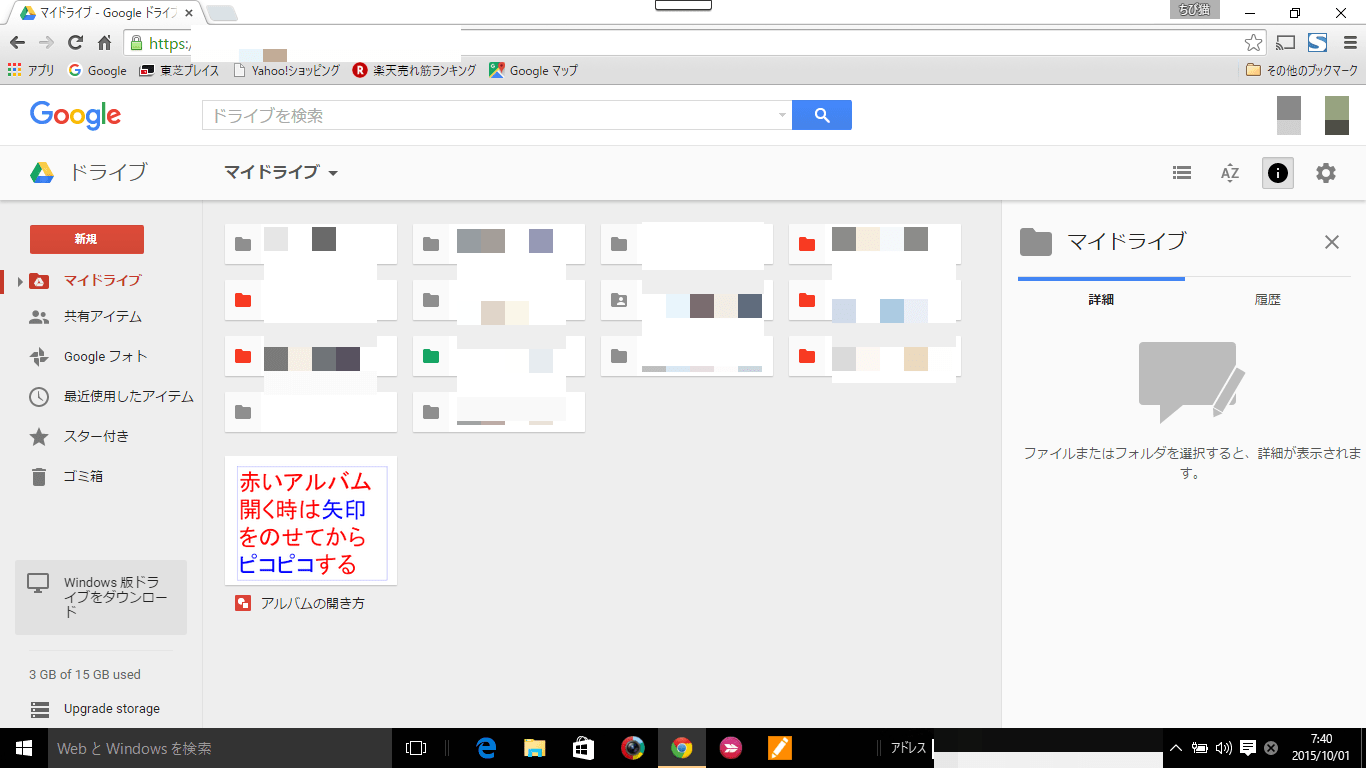Below is the photo taken of a typical hashi in use.

There are a few issues associated with traditional urushi coated hashies produced in Japan. They deteriorate rather quickly.
This particular piece has been in use in my household for about 3 years, I think. Originally fabircated and coated in Kyoto, and rather expensive, they are actually very good and to my personal taste in many ways.
On the problems front there is a fundamental issue in that (traditional) urushi coating is only applied on the surface (not into the material below). Consequently, hashi tips are vulnerable to scratches and shocks (both mechanical and thermal).
They are constantly subjected to all kinds of abuse, from contact with abrasive surface on plates and bowles, let alone pressures from recent arrival of dish washers.
Typically, outer layers succum to crack formation and water penetrates into the wooden material (if not plastics at all) below and consequent expansion leads to an explosive process, and tips often break at these points.
My hasies will never, ever go through these processes. Take a look at the following photo.

I do not use urushi. Instead, I use polyurethane, which is produced by a firm in Saitama, and it is free from food contamination and is widely used with school meal plates and others.
One noticeable thing about this ployurethane is that it is so much easily soakable into wooden materials. Up until recently, I have been content with coating my hashi tips three times before outer layer coating was applied further 7 times.
As you coat the tips ( and the rest of the hashies) more and more you are effectively building up continous layers below the surface and eventually hashi material gets saturated at the surface with the coating agent.
That is when further outer layer coating starts for another 7 times. That way, I am building up seameless coating all over the hashi material.
New and latest approach of mine is not to externally apply coating agent and expect to see internal immersion to take place. I am effectively forcing the hashi tips to absorb coating agent through the natural process of capillary attraction.
Below is the photo after some 16 hours of immerion in the coating agent A.

There are three pairs of hashies here. The middle pair was actually coated expernally all down the whole length in addition to being subsequently immersed into the agent along with two other pairs.
You can clearly see the end effects of immersion and absorption. The actual depth of the agent was probably less than 2cm. Here, overnight absorption process has taken it to somethng like 5 cm, easily.
These are currently standing in my coacting shed for additional coatings.
With this photo you can also find a latest addition to my fabiration design.
It is the insertion of darker pieces into the thickest portion of the hashies. In this particular case it is mahogany. OK, it is nothing more than an accent in the design of hashies. I happen to like it.
I could coat this portion of my hashies with very fine metal powders, such as silver or (more to my personal liking) brass powders and do polishing. I may try it some other time. Actually, I may try it fairly soon...











